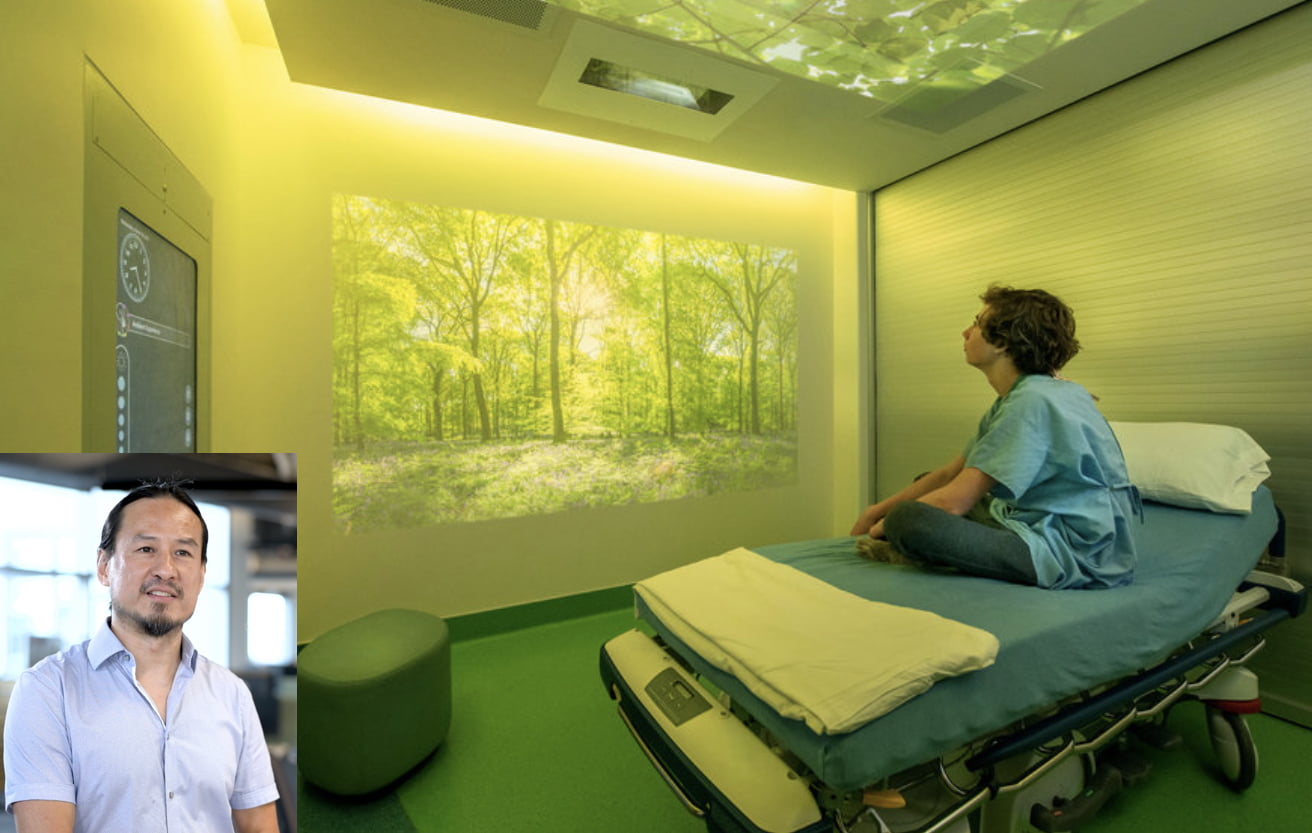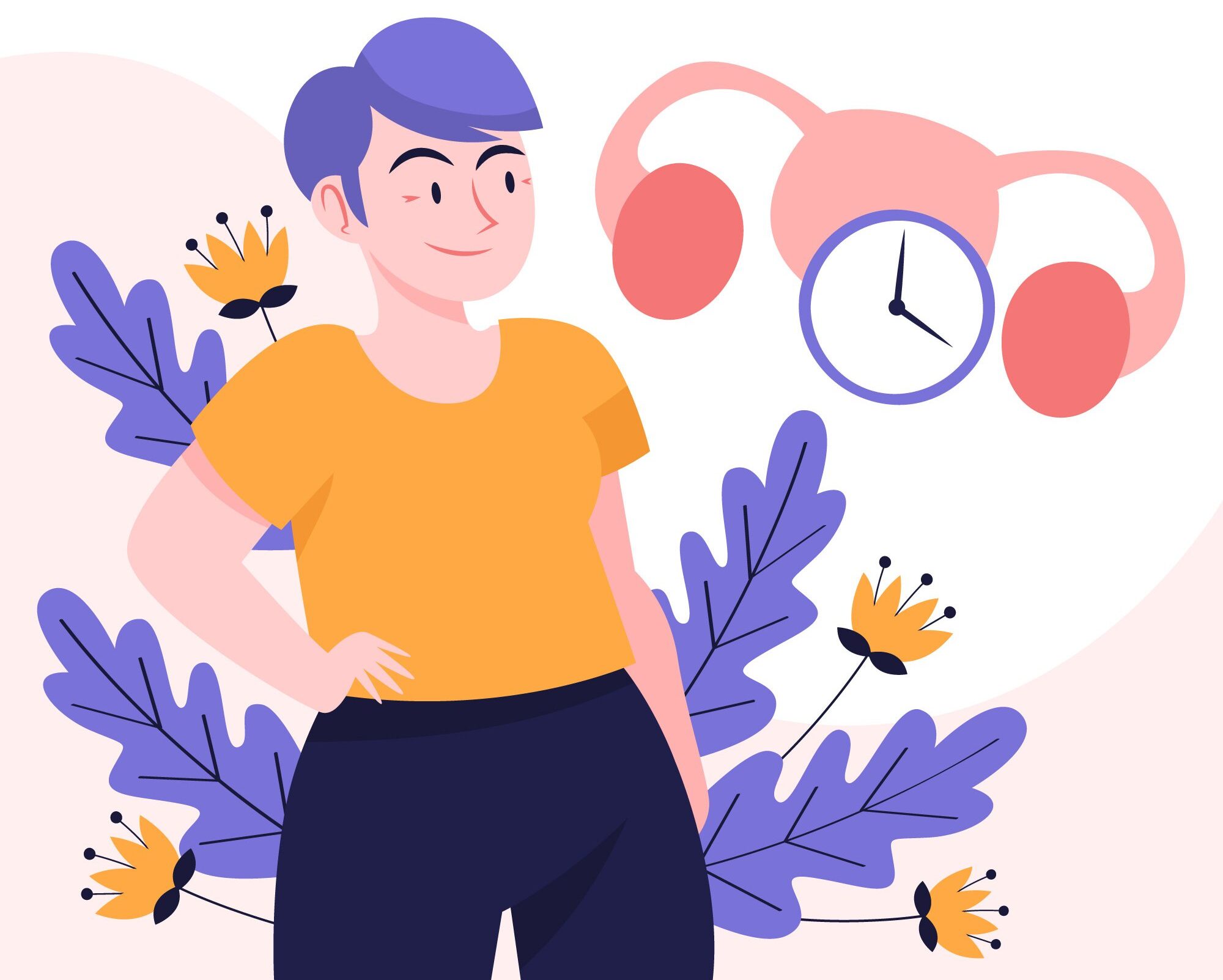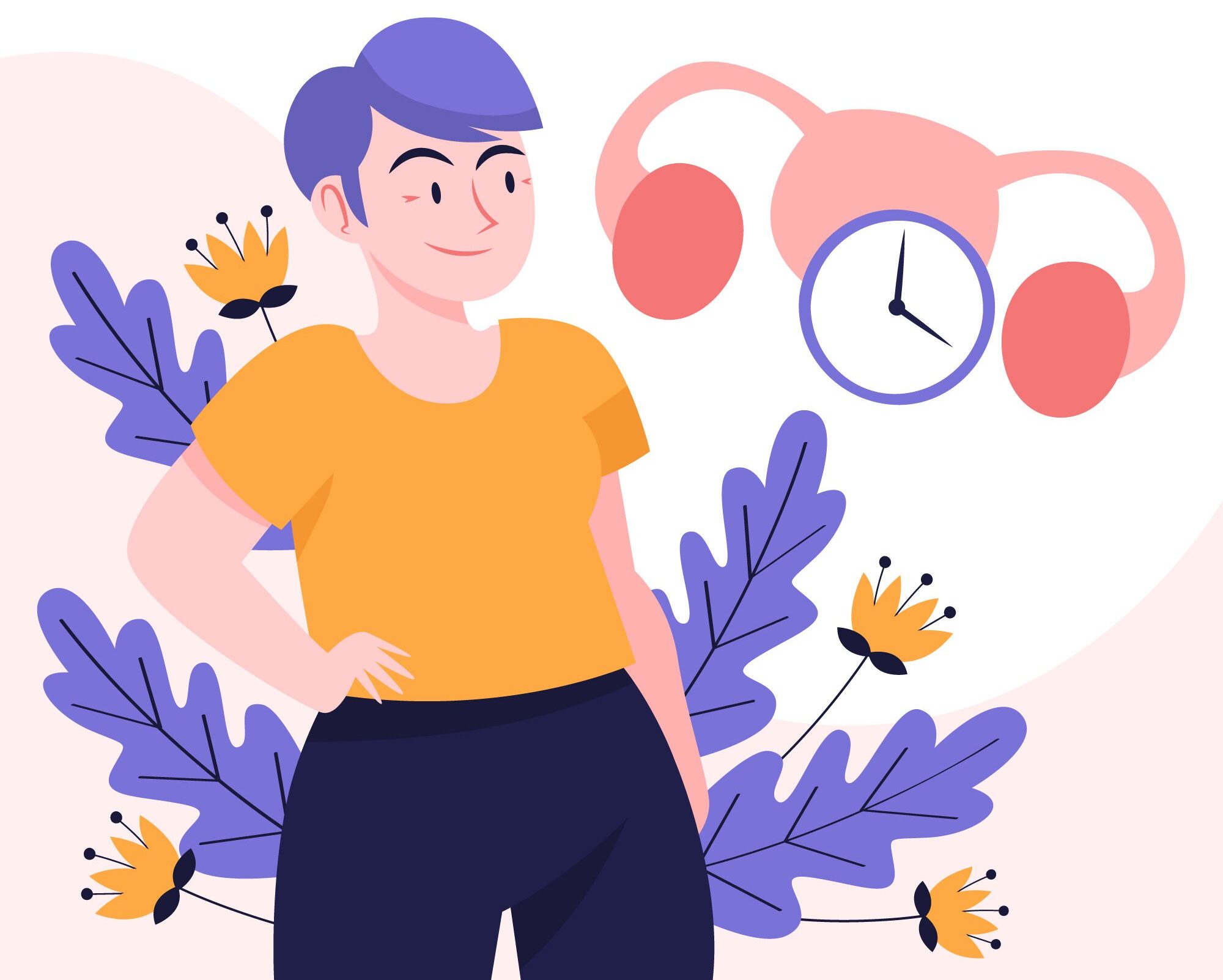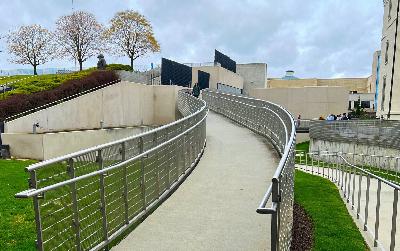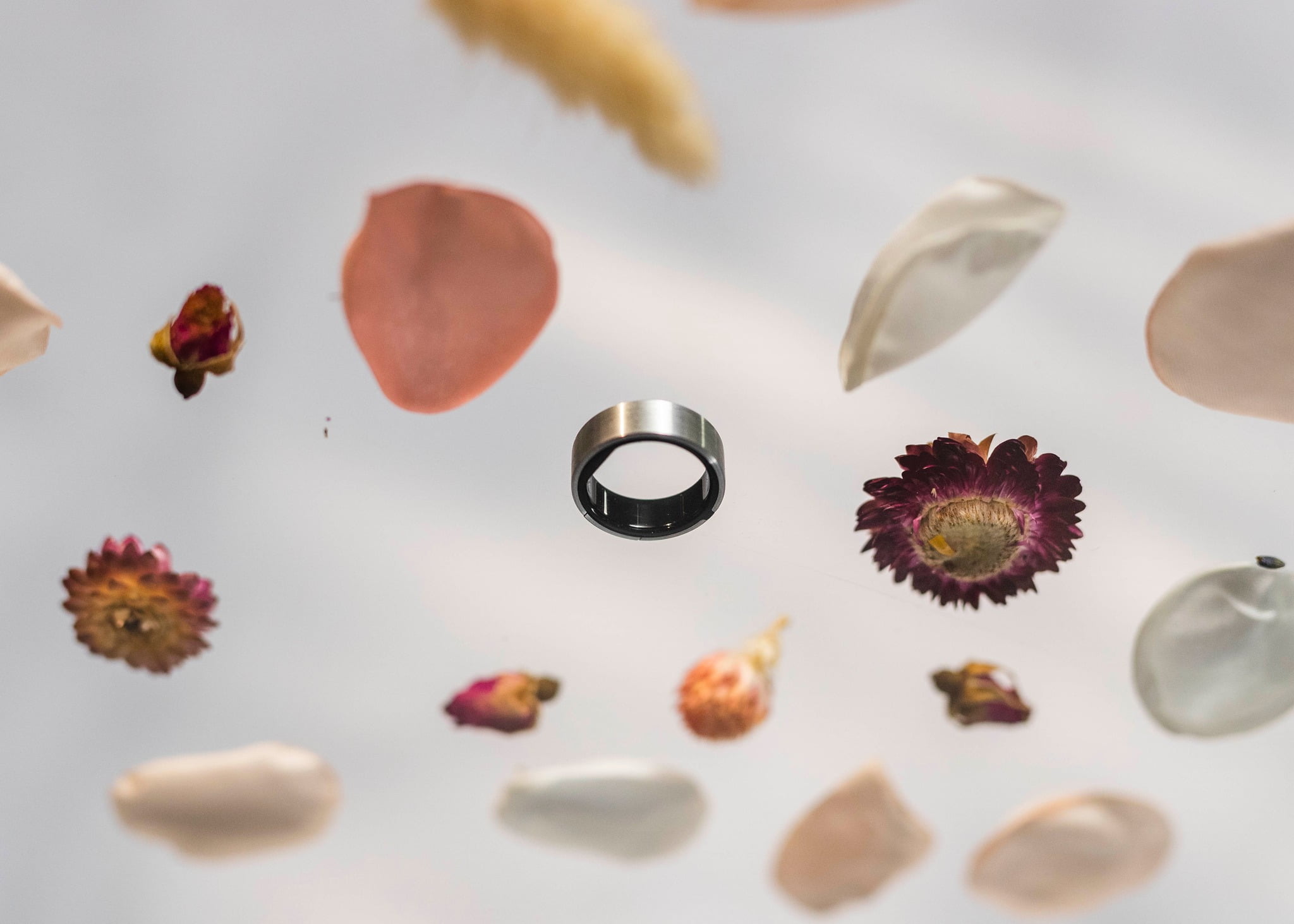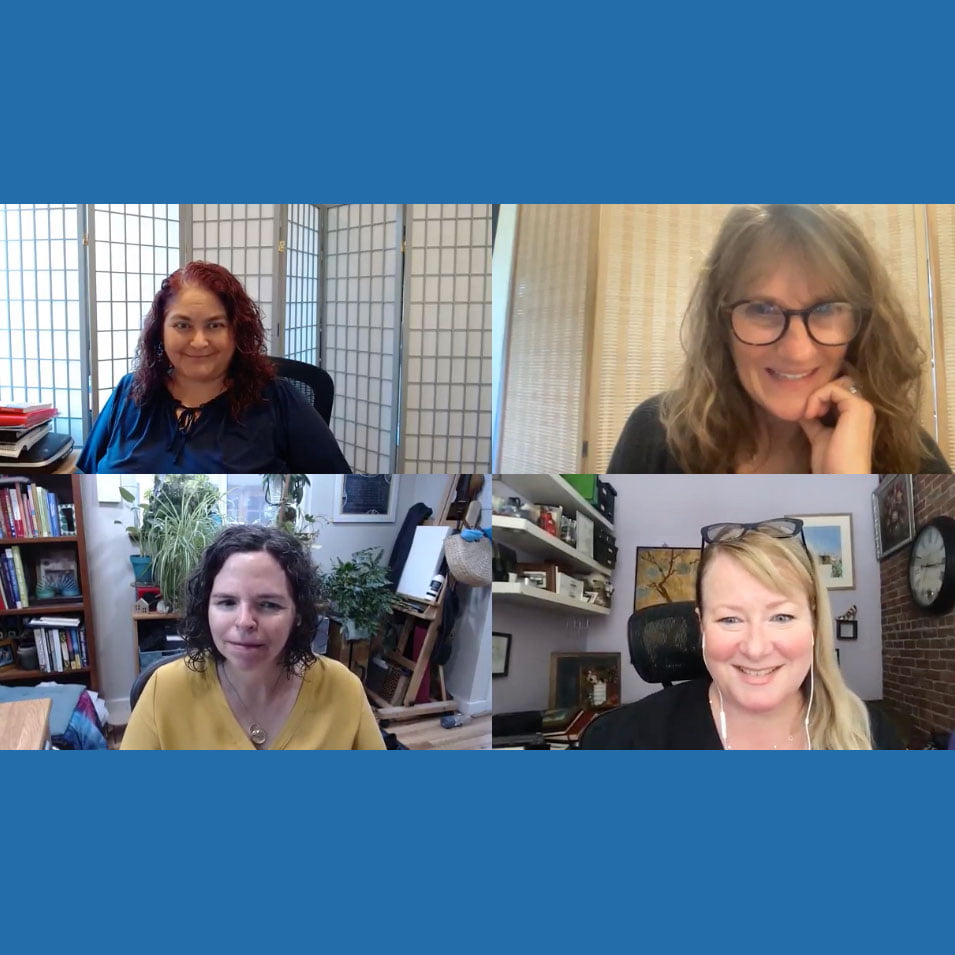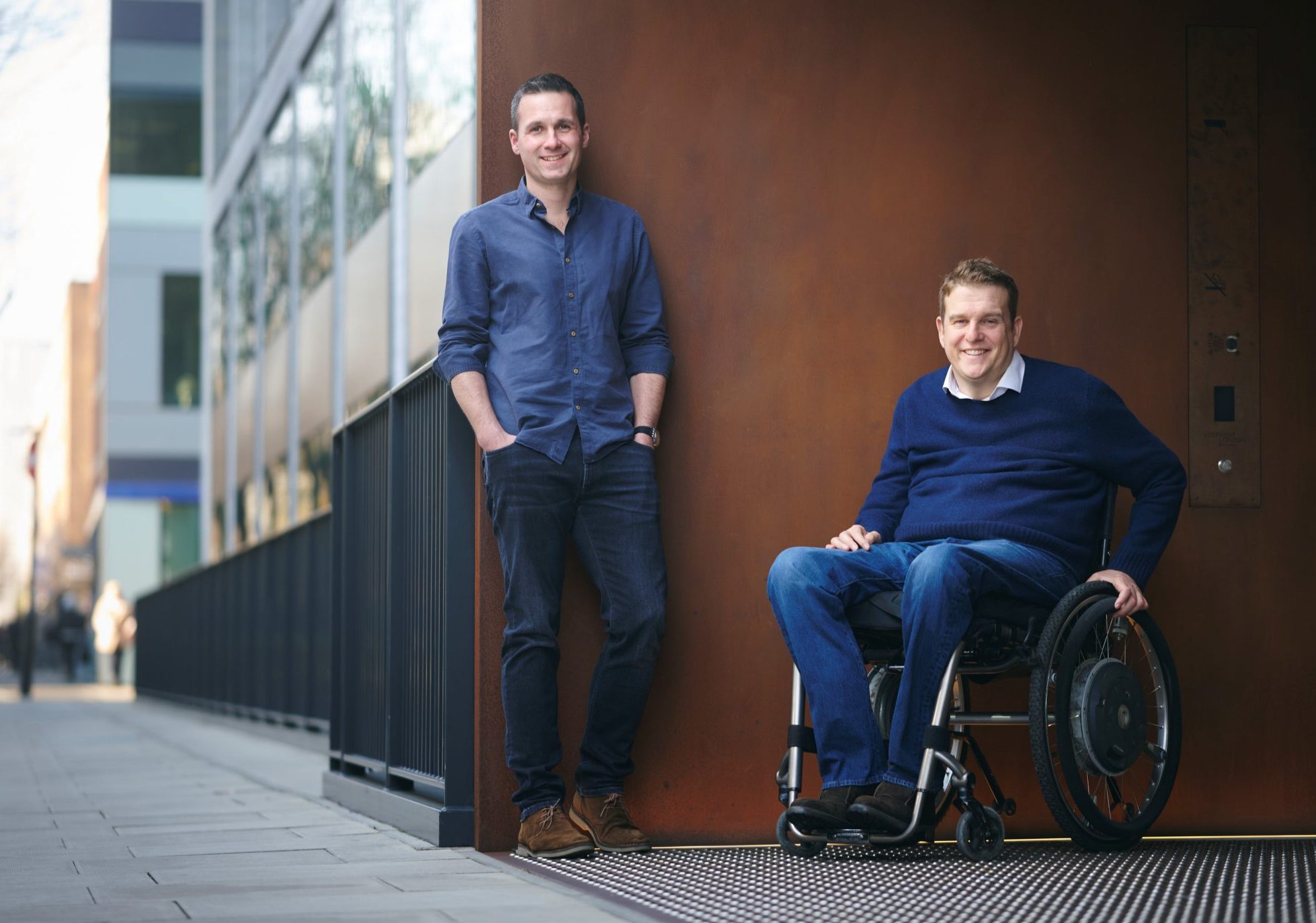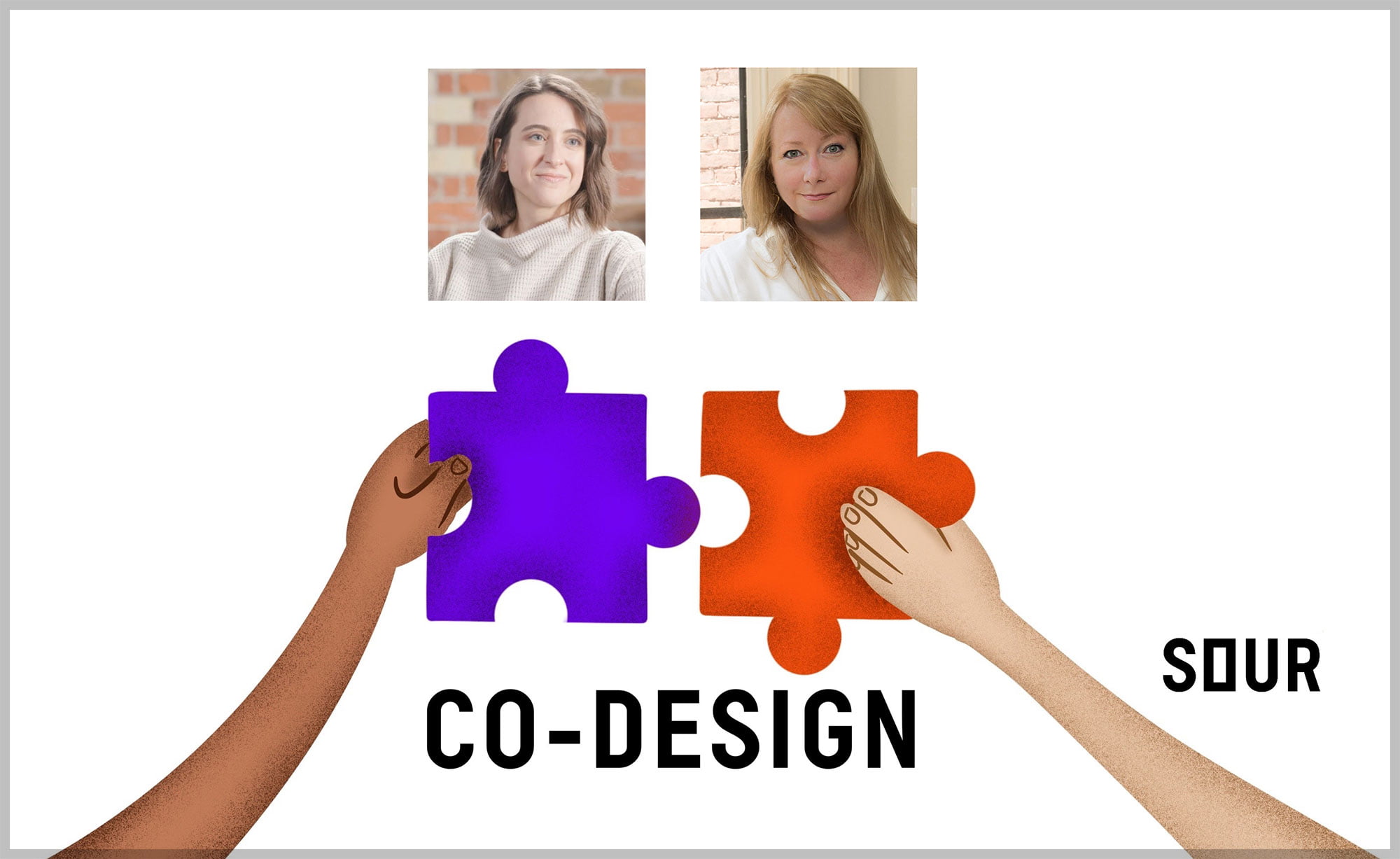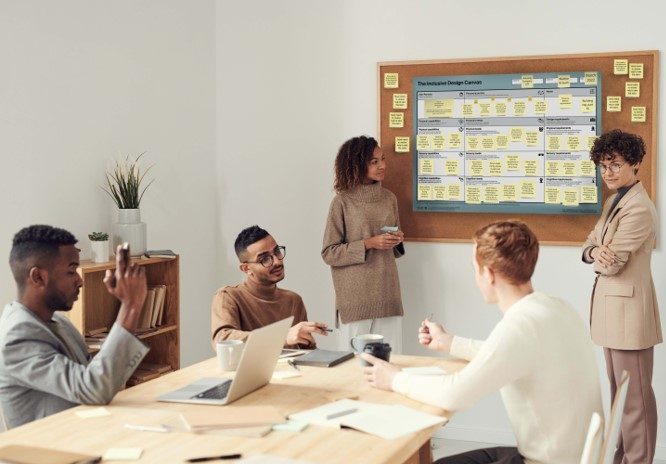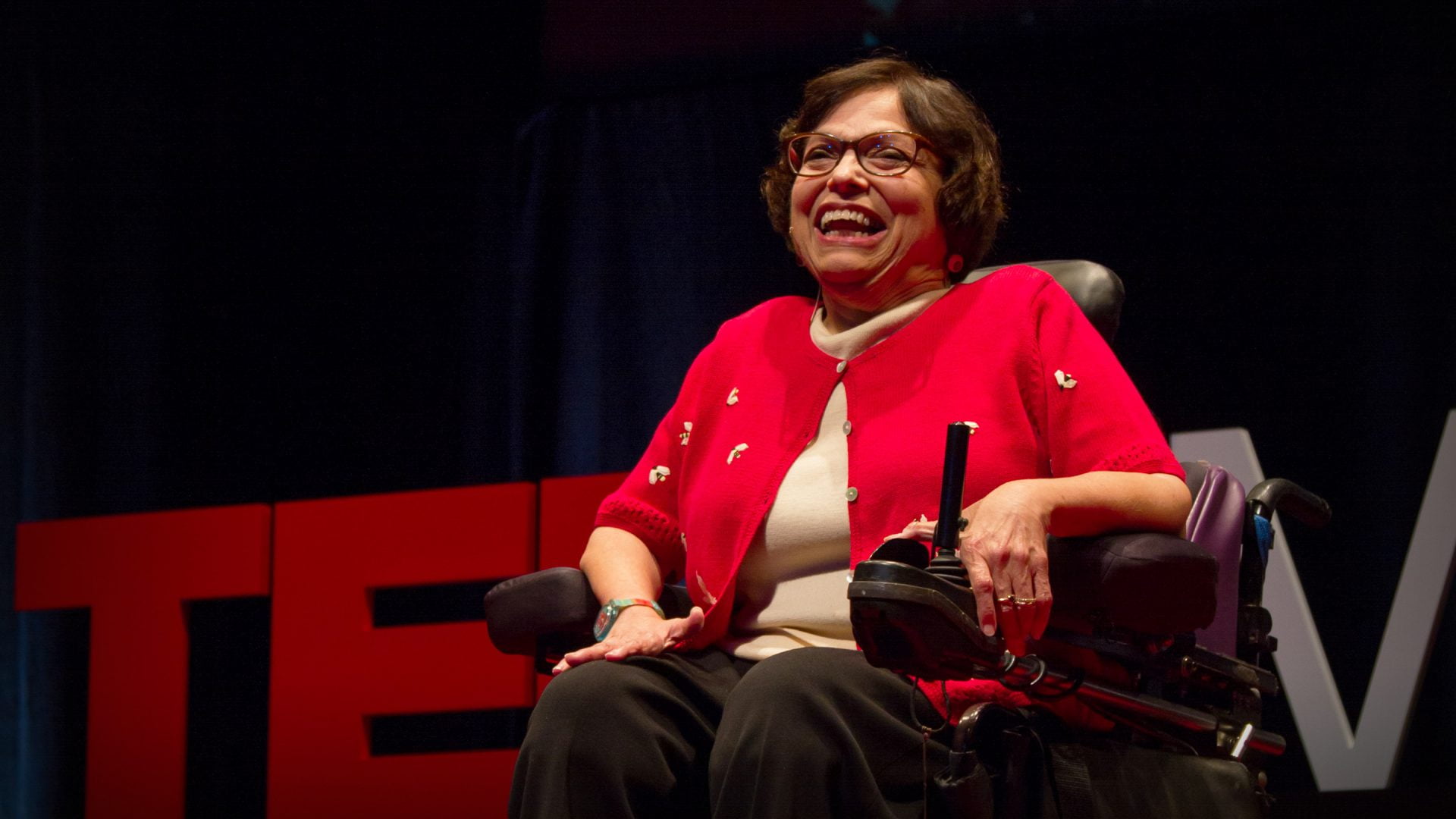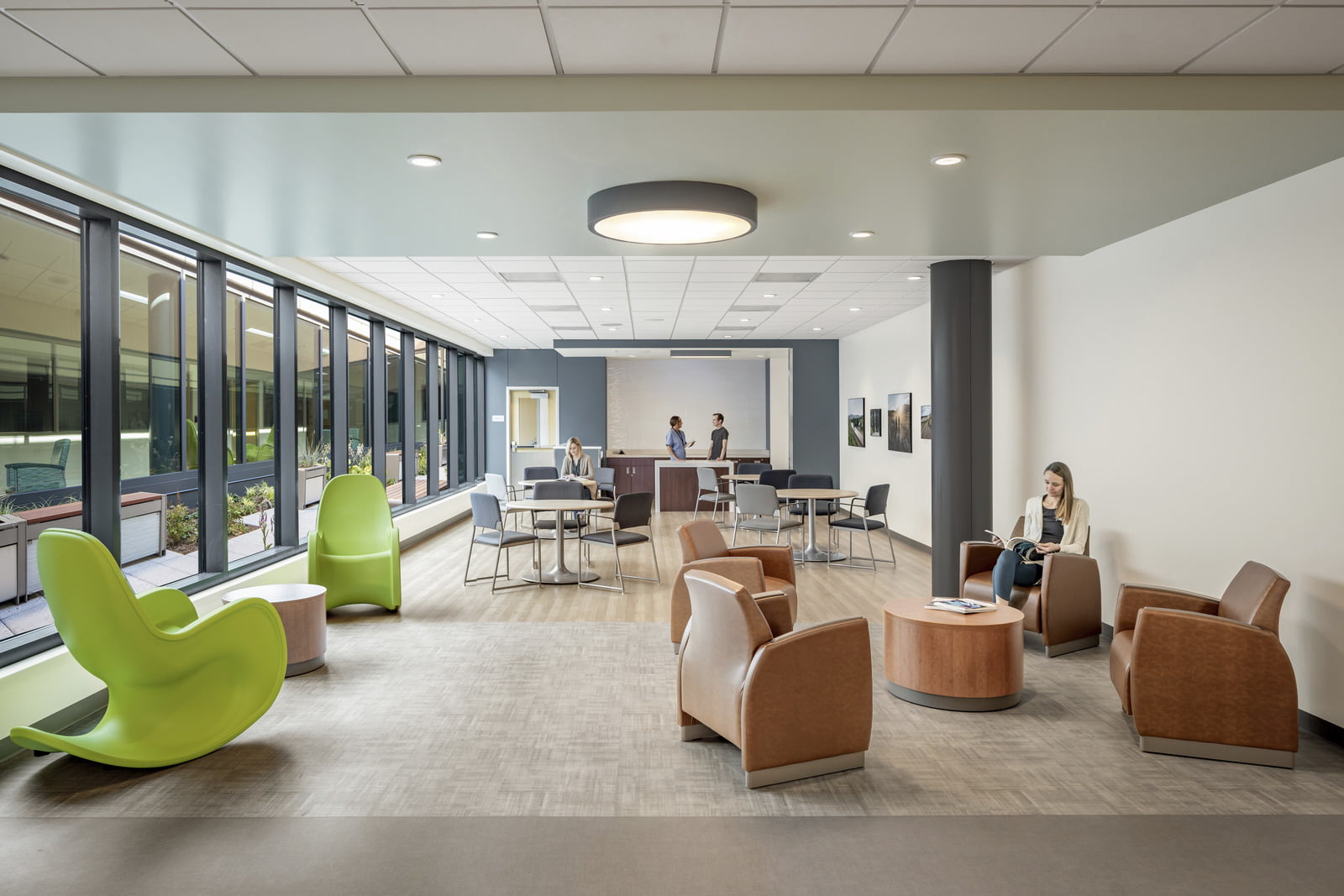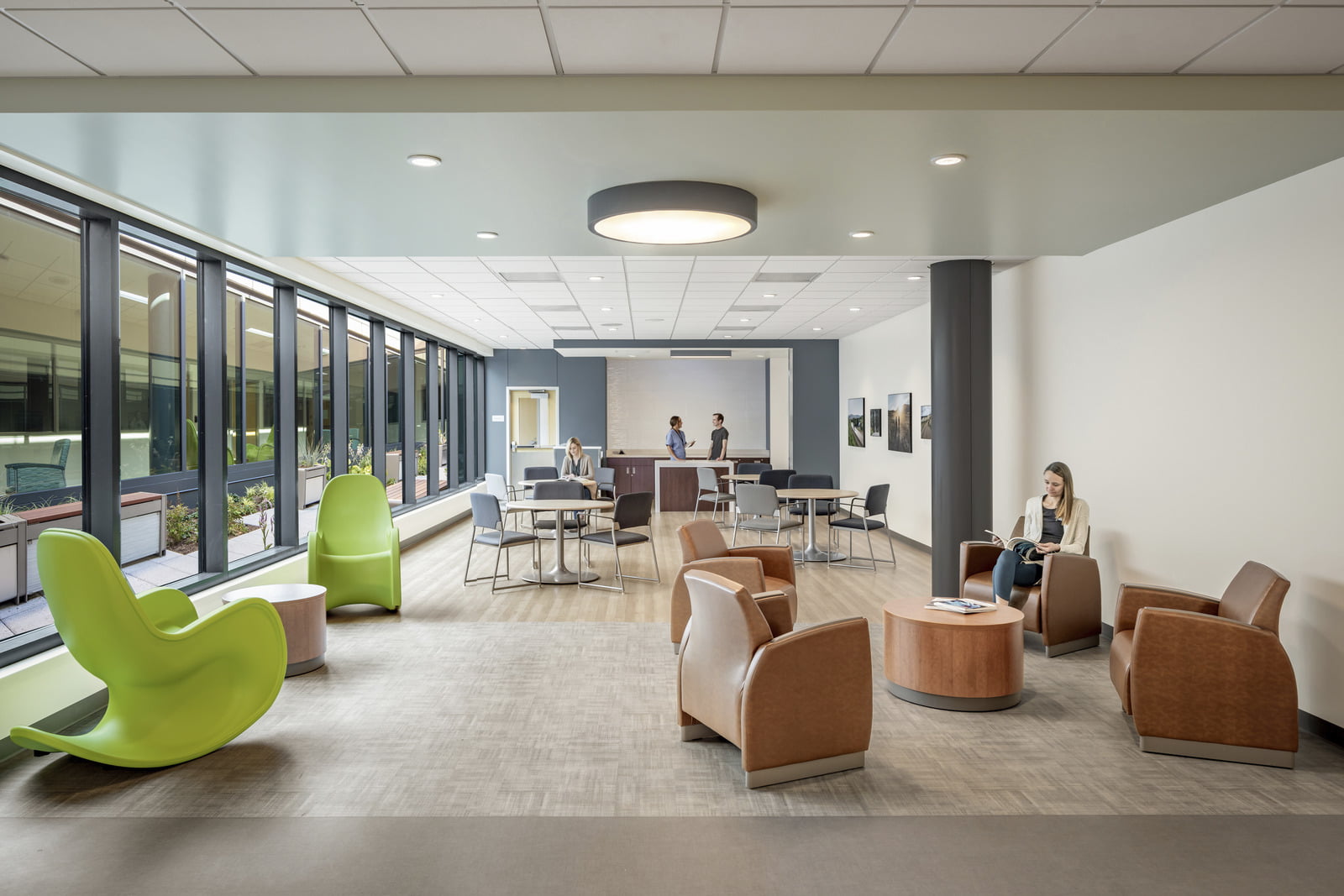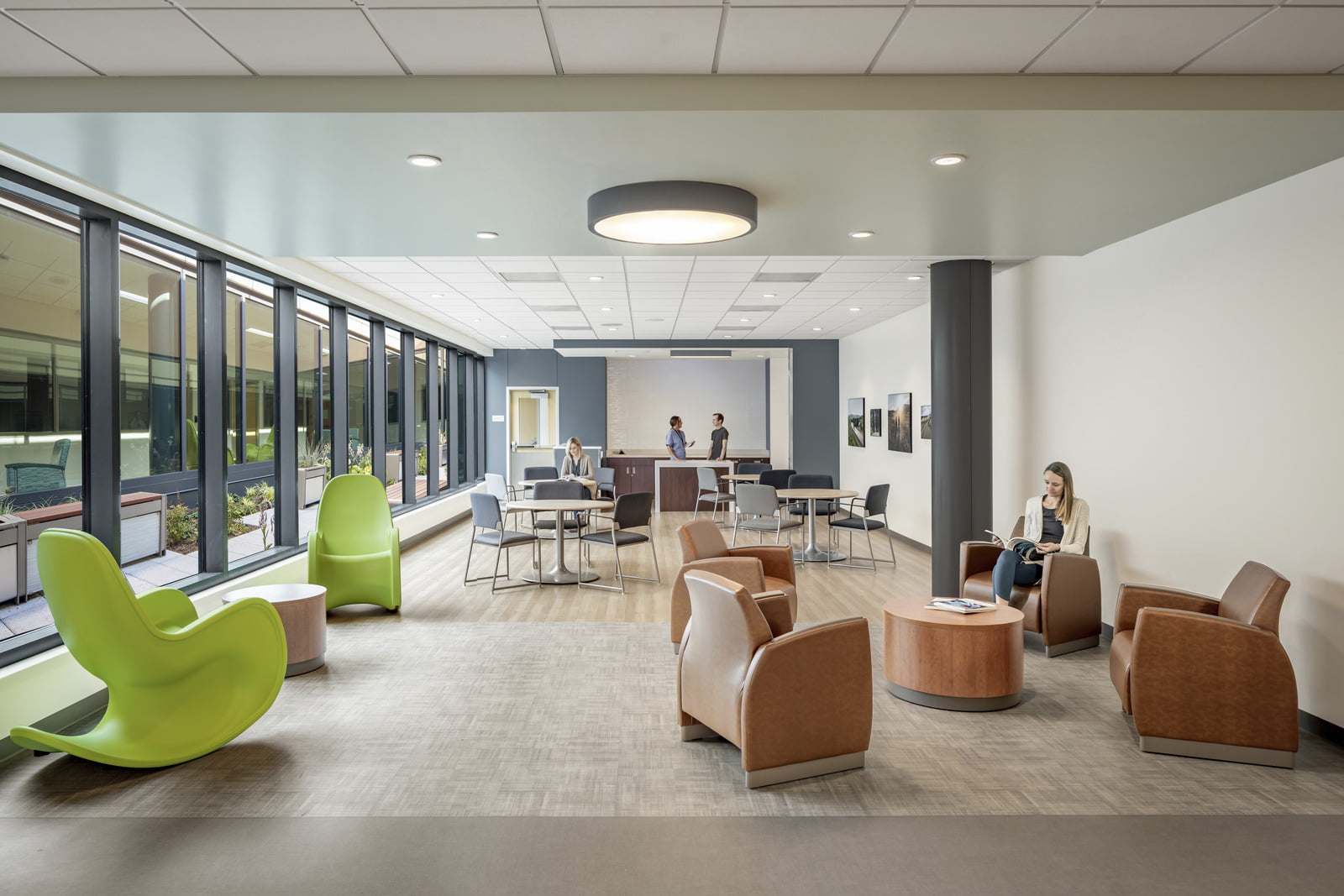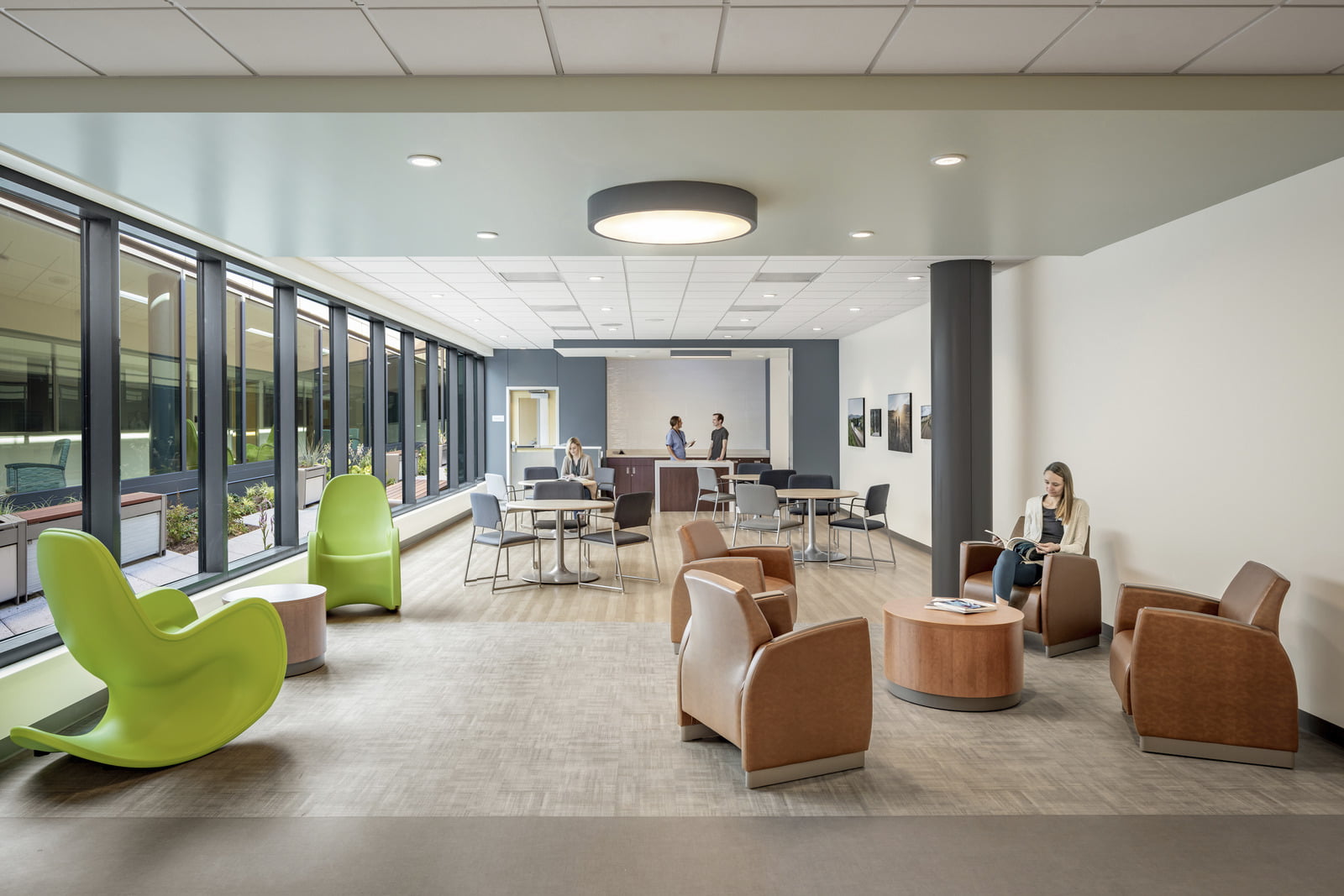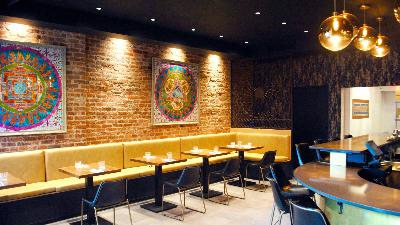Adaptive Environments for Healthcare & Beyond! Guest: Alex Tan, Philips (Season 4, Episode 2)
Description
By: Janet Roche & Carolyn Robbins
- Hosted By: Janet Roche
- Edited by: Andrew Parrella
- Guest: Alex Tan, Design Innovation Director, Philips
- Photo Credit: Philips
How did design innovations for the NICU (Neonatal Intensive Care Unit) lead to groundbreaking changes for behavior health rooms in hospital Emergency Departments? The answer lies in new adaptive environments, and they are already making a difference to parents, staff and patients in these hospital areas.
IDP talks to Alex Tan, Design Innovation Director at Philips about the process that led to creating these immersive spaces, and spoiler alert… co-design and collaboration were a part of their success.
Guest: Alex Tan- is the Design Innovation Director at Philips. According to his own bio, he is ‘a visionary thinker and leader with a diverse background that spans across many industries and design disciplines. His leadership style is very hands-on; he leads through example and inspiration. Alex and his multi-disciplinary design team collaborate with research scientists to invent and set the design vision and direction for the future of Healthcare, through a co-creation design process and prototyping’
“One of the key themes I look at is the idea of the adaptive environment – the idea that designs and environment can change and be more responsive to the different needs of different people.” – Alex Tan 2022
– References:
• Next Generation Neonatal Intensive Care Units
• youtube video: LOTUS- Next Generation NICU
• Re-imagining the Behavior Health Experience
• Dutch Design Week- Virtual Talks- 2022
• Shaping Experiences Through Human-Centered Design
• Lumi Plush Nightlight/Little Lantern Studios
Adaptive Environments for Healthcare & Beyond!
Guest: Alex Tan, Design Innovation Director, Philips
(Music / Open)
Janet: In this series we will be discussing specific examples of design techniques that make a positive difference for people living with certain human conditions.
Carolyn: The more a designer understands the client and or the community the more effective and respectful the design will be.
(Music / Intro)
Janet: Welcome to Inclusive Designers Podcast, I am your host, Janet Roche…
Carolyn: and I am your moderator, Carolyn Robbins…
Janet: Carolyn, we have such a wonderful show today! But first, we are thrilled to announce that we are still in the top 20 on Feedspots’ list of “Best Design Podcasts on the Internet”— whoo!— and a big thank you to you, our listeners!
Carolyn: yes, and it doesn’t surprise me at all, but I might be a little bit biased… and I think this episode should definitely keep us on that list. And with that news aside, we welcome you to our first podcast of 2023.
Janet: Yes, moving right along, our guest today is Alex Tan, who is indeed creating a difference within the built environment, and using a collaborative and evidence-based approach to design. The ground-breaking work he and his design innovation team at Philips are doing is changing how hospitals envision the future of both the NICU— which is the neonatal intensive care unit— and adolescent mental health care emergency rooms.
The way they research and implement these next generation spaces, using adaptive research and ambient technology, is truly terrific for any designer for whatever environments they will be creating. We are thrilled to interview him and discuss his process.
Carolyn: But first, let me tell you a little more about Alex Tan, who is the Design Innovation Director at Philips. According to his own bio, Alex is…. ‘a visionary thinker and leader with a diverse background that spans across many industries and design disciplines. His leadership style is very hands-on; he leads through example and inspiration. He and his multi-disciplinary design team collaborate with research scientists to invent and set the design vision and direction for the future of Healthcare, through a co-creation design process and prototyping’.
In his own words; ‘We are the tip of the spear that pushes the boundary of the possible. Our solutions combine hardware, software, environments and services, and aim to solve key challenges in Healthcare.’
Janet: Alex will introduce us to the innovative tools they created and how these human-centered design solutions are making a difference in their pilot emergency room spaces today.
Carolyn: And we even learn about his side project, a design of his own invention, a plush toy that is ‘brightening’ the lives of little ones everywhere.
Janet: (laughs) That is a pun that will make more sense later… but we’ll let Alex tell us about this as well as some important insights that will be of benefit to all of us in the inclusive design field…
Carolyn: And with that, here is our interview with Alex Tan… designer, creator, and innovation director…
(Music / Interview)
Janet: Well, hello and welcome to Alex Tan here on Inclusive Designers Podcast. Thank you so much for joining us today, Alex.
Alex: Yes, thank you for having me on board.
Janet: Thank you. So, why don’t we just jump right on in, and I know that there’s a couple of projects that you’re working on. I think what’s kind of interesting is that there’s so many different parts of dynamics about your process and why don’t you tell us a little bit about how you created these types of things with Philips.
Alex: Yeah, we have, there’s definitely several projects that we work on in Philips, and I think the two that will be worthwhile to talk about this, of course, the Lotus NICU of the future. So that’s one. And the other one, we don’t really have a name for it, but it’s really how to reimagine behavioral health actually, in the emergency department. So I think those are the two projects that were, you know, it’s worthwhile to talk about (Janet: Right), that we can, you know, yeah, look into the process of how we do it and yeah review a bit more.
Janet: One is within the NICU, and one is within the emergency room in terms of behavior… is there one that you want to showcase in the, on the top of the hour?
Alex: Yeah. We can start with the NIC actually as one of the examples.
Janet: Yeah, why don’t we start with the NICU, and this is a pilot program right at this point?
Alex: This is actually, it started off as pilot program, but it’s actually been installed in hospital, actually in Florida, in one of the NICUs actually. So it is, you know, we strive to bring everything into the market because that’s, I think, you know, where it makes the impact actually. Although, you know, I work in the innovation department, we do a lot of research, front end research. We strive to test it out and implement it in the market, so, you know, to really have that impact.
Janet: Right. So why don’t you explain to us a little bit about this particular product, because the piece you’ve got in the NICU is really quite fascinating. You’re looking at all the like different senses— touch, smell, taste, sound, and light— all the things that as inclusive designers, I encourage designers to really kind of look at. So why don’t you talk a little bit about that and then the process and get our listeners into what those particular projects are.
Alex: Yeah. So again, definitely can talk about it. So the project I think started as one of these, you know, of course Philips, you know, we have products in the NICU, you know, we have different things like, you know, monitors, we have, you know, ventilators for the baby.
And, you know, all these are very, very much right now, kind of very separate elements, right? They don’t inform each other. They don’t work together as a complete kind of system. So we kicked off this project, you know, this is, I think several years ago, I’d like to say 2018, where as a project to really try and understand the space of the NICU and how can we create a kind of complete solution to address all the different needs, right? Because with all these individual products, you don’t really connect them together to deliver, you know, more value for the users. In this case, the clinicians, the nurses, and you know, ultimately the baby, themselves.
And in this project, we were very lucky to have worked with some of these thought leaders within the NICU space. And we were introduced to this whole integrative developmental model actually. So meaning that, you know, the idea that you want to, when you look at the baby or treating the baby, you want to be as inclusive as possible in terms of looking at not just your physiological

